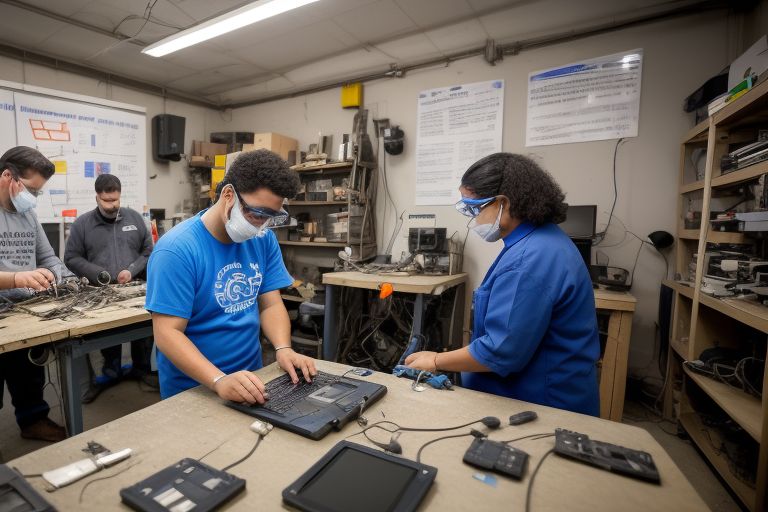The Right to Repair Philosophy
The essence of the Right to Repair movement is rooted in the belief that individuals have the right to control and extend the lifespan of their possessions, ranging from smartphones and laptops to household appliances and agricultural equipment.
Proponents of Right-to-Repair argue that it promotes sustainability and reduces electronic waste. Additionally, it empowers consumers with more choice and control over their belongings. Thus, open access to repair information, spare parts, and diagnostic tools can foster a more competitive repair market and diminish the need for premature replacements.
Safety First
We should never forget safety, security, and intellectual property issues when we repair products.



